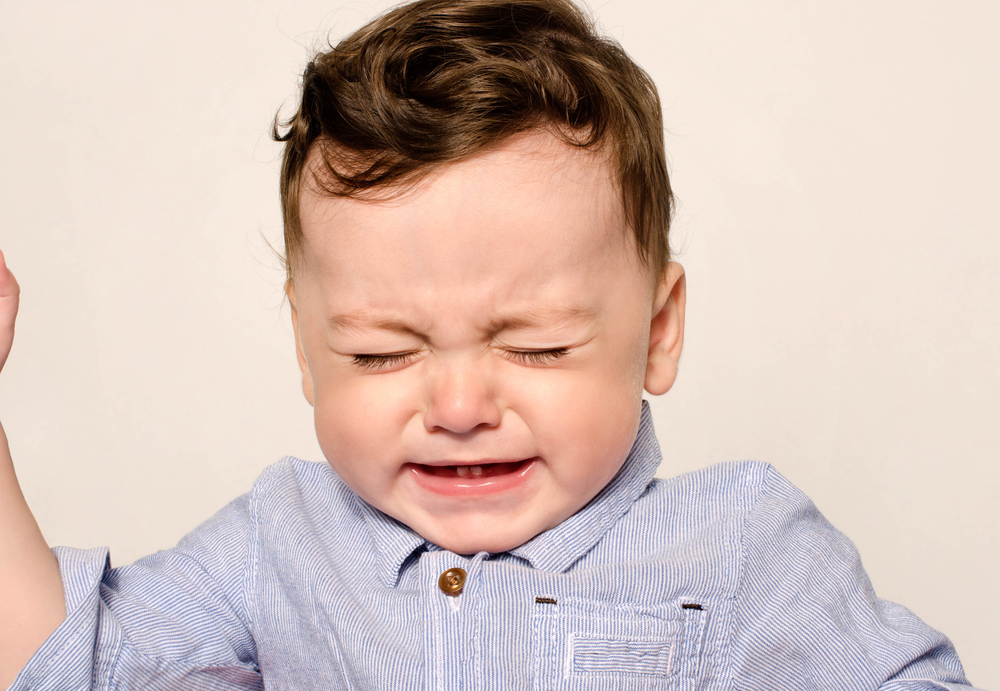Children throw temper tantrums — shout, scream, roll on the ground, kick and beat — when their demands, often unreasonable, are not met. Most of these outbursts occur between the ages of one and three years. Thereafter, they slowly subside in normal children.
Tantrums are usually signs of frustration. They can occur when the child is hungry, in pain, sleepy or denied something. Children who are mentally challenged or have autism are more likely to throw tantrums. They are unable to articulate their problem. Taking care of the immediate need or distracting the child usually works.
Problems arise when others interfere. The child very soon figures out that by screaming and rolling on the floor they can get their way.
Children grow out of tantrums when they go to school. If a child continues this behaviour of biting, kicking or throwing things in school, in front of strangers and in public, it is no longer normal. If it continues into middle school, medical evaluation is required. It may be due to unrecognised ADHD, anxiety or depression.
If there is no medical reason for the tantrum, and it is not due to an epileptic seizure, these personality traits need to be tackled. Beating the child or shouting is not an answer. A “time out” with the premise that the problems will be tackled later on works with older children. With younger ones, discipline needs to be enforced. A firm “no” should remain just that — a “no”. Once it is changed to a “yes”, the child gets confused and soon figures out that there is a higher court of appeal. Structured sports activities and training in martial arts give a child mental discipline, emotional control, physical endurance and channels aggression.
As children grow, they realise the difference between appropriate and inappropriate anger. Parents have a great deal to do with this, showing the child the limits enforced by society. Physically abusive or alcoholic fathers tend to raise similar children.
Anger is not always bad, it can also be good. It activates the body’s natural defences to a dangerous situation, releasing chemicals that raise the heart rate and blood pressure. The muscles become tense and sweating may occur.
Some adults have not matured enough to realise that anger is a negative emotion. They are chronically angry. It may eventually result in “intermittent explosive disorder” when the reaction is out of proportion to the precipitating event. These episodes of increased energy, racing thoughts and palpitations result in tirades and heated arguments. Society does not accept such behaviour. It may result in the loss of a job and a breakdown in personal relationships. It may lead to alcohol or drug abuse and self-harm. Chronic anger over a long time can result in depression.
To manage anger, lead a disciplined life with regular physical activity, yoga and meditation. If these do not work, professional help may be required. Medication like antidepressants may also help.
We need to rule our mind and control it. This has to be learnt from a young age. Otherwise, we are at the mercy of the caprices of our emotions.
- The writer is a paediatrician with a family practice at Vellore and author of Staying Healthy in Modern India. If you have any questions on health issues, please write to yourhealthgm@yahoo.co.in










